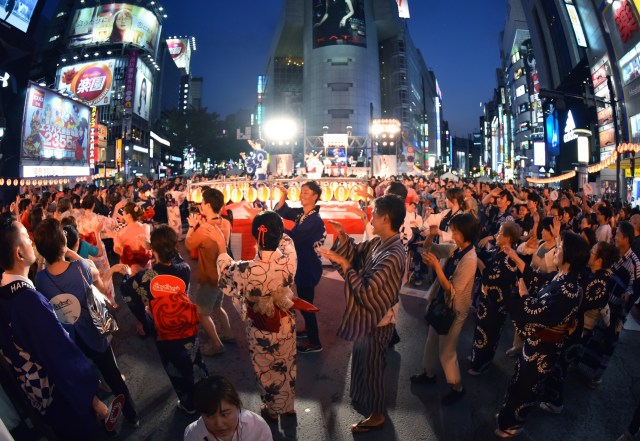
The universal irony of housing policy is that homes are hardest to build where they’re most in demand.
Thriving cities – above all, global cities – are especially challenging. The action is at the centre, but most of the undeveloped space is around the edge – meaning that expansion comes at the risk of sprawl, or else it doesn’t happen at, thereby driving housing costs to new heights.
However, as James Gleeson explains on his blog, there is one global city that has squared the circle: Tokyo.
“It’s well known that Japan’s population is falling, but less so that Tokyo continues to grow, adding around 940,000 people (an extra 7.5%) between 2005 and 2015. That means Tokyo, like many big cities around the world, has the challenge of how to ensure there’s enough housing to go around. But unlike most big cities around the world, Tokyo is actually meeting that challenge.”
The numbers prove it:
“Tokyo’s housing stock is growing very fast – roughly 2% a year, about twice as fast as that of Paris, London or New York…”
Is this being achieved through unlimited sprawl? Actually, one could argue the opposite:
“…the acreage devoted to housing in Tokyo grew by around 1.5% between 2006 and 2011, whereas the number of homes grew by 9.2%. On average there are around 110 dwellings per hectare of residential land in Tokyo, compared to roughly 60 in London as of 2005 (the last time similar land use statistics were collected).”
So densification, not sprawl… but does that come at the expense of living space? Well, the average size of a new home in Tokyo is a decidedly compact 65 m2, but that’s not as bad as it sounds:
“…what these figures on average dwelling size don’t tell you is that the average Tokyo resident has far more space today than they did fifty years ago. The reason is that the average number of people in a Tokyo household has plummeted over this period, from 3.6 in 1963 to 2.0 in 2013.”
Whichever way you look at it Tokyo, is doing a lot better than comparable cities. Gleeson credits an “unambiguous Zoning code” and a national government that overrides local opposition to new development.
One might also look at Japan’s topography. Most of the country is mountainous, shaping a history of concentrated development on the coastal plains. Whereas the English worry about sprawl destroying the character of the countryside, the Japanese landscape imposes non-negotiable limits – as proven by the fact that forest covers two-thirds of this densely populated, highly industrialised, island nation.
Densification, therefore, is the only way forward – a strategy facilitated by the Japanese readiness to demolish buildings standing in the way of more efficient land use. In Tokyo “one home is demolished for every four new ones”.
If cities like London and New York want to build more homes, then they too need to make more use of the wrecking ball. That doesn’t mean destroying cityscapes of historical value.
After all, there’s quite enough low quality, low density post-war development to get rid of.










Join the discussion
Join like minded readers that support our journalism by becoming a paid subscriber
To join the discussion in the comments, become a paid subscriber.
Join like minded readers that support our journalism, read unlimited articles and enjoy other subscriber-only benefits.
Subscribe